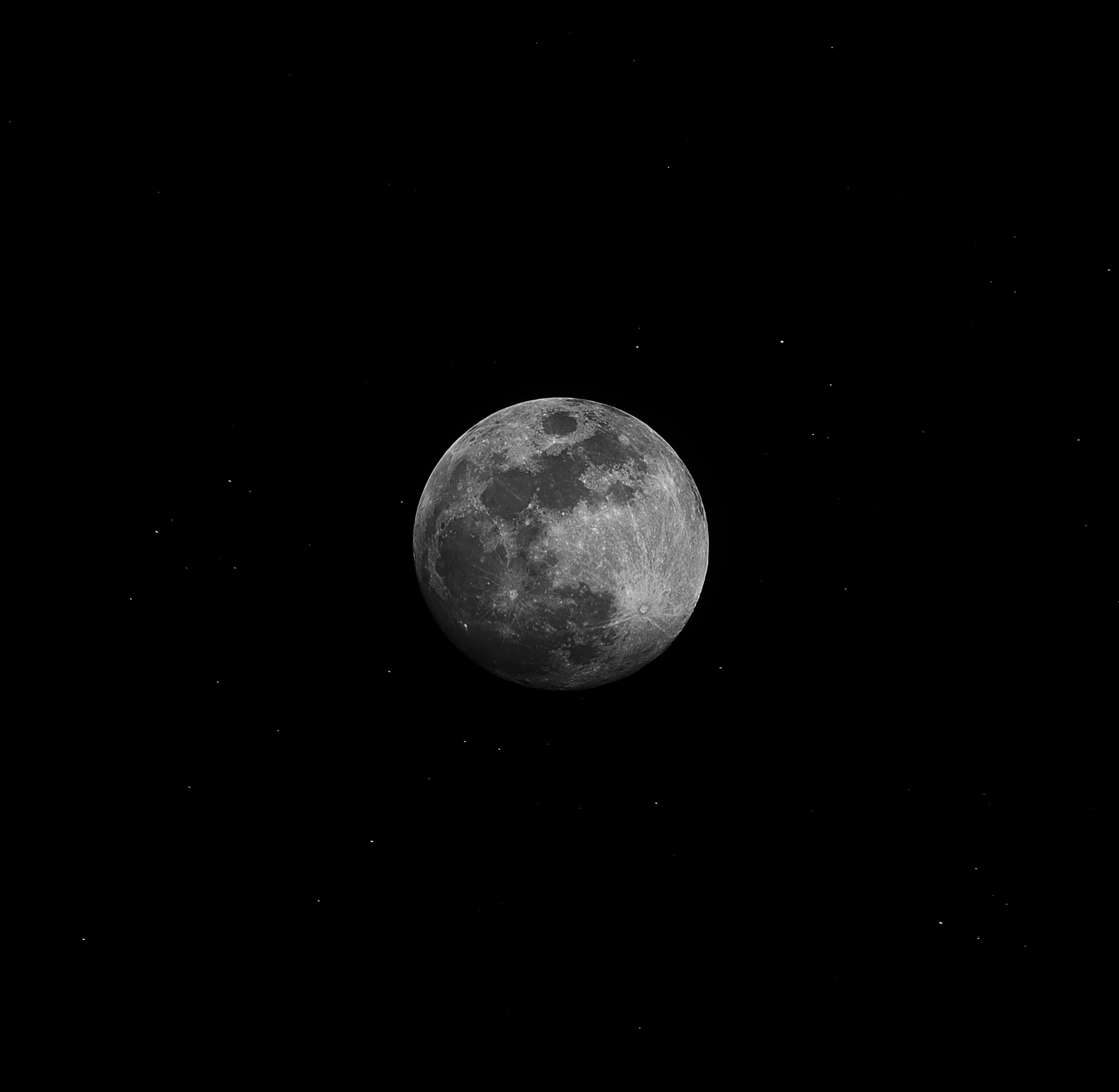Moon Cycle vs Menstrual Cycle: Examining the Connection
The moon has long been associated with mystery, magic, and cycles of nature. Its presence and influence have captivated humans for centuries, inspiring ancient myths and folklore. Interestingly, there is a theory that suggests a connection between the moon cycle and the menstrual cycle in women. In this blog post, we will delve into this intriguing concept and explore the scientific evidence behind it.
The Moon Cycle: A Lunar Symphony
The moon, Earth’s nearest celestial neighbor, exhibits a fascinating cycle that takes approximately 29.5 days to complete. This cycle is divided into eight distinct phases:
| Phase | Description |
|---|---|
| New Moon | The moon is not visible as it aligns between the Earth and the sun. |
| Waxing Crescent | A small sliver of the moon becomes visible on the right side. |
| First Quarter | Half of the moon is visible as it reaches a 90° angle with the sun and Earth. |
| Waxing Gibbous | The moon continues to grow and appears more illuminated. |
| Full Moon | The moon is fully illuminated and shines brightly in the night sky. |
| Waning Gibbous | The illuminated portion of the moon starts to decrease. |
| Last Quarter | Half of the moon is visible again, but on the left side. |
| Waning Crescent | A small sliver of the moon remains visible, this time on the left side. |
This lunar cycle has fascinated cultures worldwide, with many linking it to various aspects of life, including agriculture, astrology, and even human behavior.
The Menstrual Cycle: A Woman’s Monthly Journey
On the other hand, women experience a unique biological cycle known as the menstrual cycle. This cycle typically lasts around 28 days, although it can vary from person to person. It involves a series of hormonal changes that prepare the body for potential pregnancy.
The menstrual cycle is divided into three main phases:
- Follicular Phase: This phase begins on the first day of menstruation, during which the uterus sheds its lining. The follicles in the ovaries prepare to release an egg.
- Ovulatory Phase: Around day 14 of the cycle, an ovary releases a mature egg. This is the prime time for fertilization.
- Luteal Phase: If fertilization does not occur, the lining of the uterus breaks down, and the menstrual flow begins again.
Throughout the menstrual cycle, hormone levels fluctuate, leading to physical and emotional changes that vary from person to person. Common symptoms include mood swings, bloating, fatigue, and cravings.
The Moon and Menstruation: Exploring the Connection
Now that we understand the basic mechanisms of both the moon cycle and the menstrual cycle, it’s time to address the question at hand: Is there a connection between these two cycles?
To date, scientific research has not provided conclusive evidence supporting a direct influence of the moon on the menstrual cycle. However, that does not discount the intriguing observations and anecdotes suggesting a possible correlation. It is essential to approach this topic with an open mind and consider various perspectives.
One theory suggests that the moon’s gravitational pull, similar to its influence on ocean tides, could potentially affect the fluids in a woman’s body, including the uterus. This theory draws parallels between the moon’s cycle and the monthly release of menstrual blood.
Another hypothesis proposes that our ancestors, who relied heavily on nature for survival, may have evolved to synchronize their reproductive cycles with phases of the moon. This synchronization could have allowed for communal menstruation and optimized chances of conception and childbirth during favorable periods.
The Role of Light and Circadian Rhythms
While the connection between the moon cycle and the menstrual cycle remains elusive, there are other factors that might influence a woman’s reproductive rhythms. One such factor is light.
Research shows that exposure to natural light, particularly during the day and less exposure to artificial light at night, can help regulate the body’s circadian rhythms. Disruptions to these rhythms, such as shift work or excessive exposure to artificial light, may impact hormonal balance and menstrual regularity.
Additionally, stress, diet, exercise, and underlying health conditions can also affect the menstrual cycle. Therefore, it is important to consider these potential contributing factors when examining any relationship between the moon cycle and menstruation.
In Conclusion
While the moon cycle and the menstrual cycle both involve cycles of roughly similar durations, the scientific evidence supporting a direct connection remains sparse. However, the fascination and curiosity surrounding this topic continue to captivate many. Whether the connection is rooted in ancient folklore or has a deeper scientific basis, it serves as a reminder of the wonders of nature and how it intersects with our own human experiences.
It’s important to recognize that each person’s menstrual cycle is unique and influenced by various factors, including genetics, hormones, and environment. Understanding and tracking one’s own cycle can empower individuals to better manage their health and well-being.
So, the next time you gaze up at the moon, reflect on its timeless presence and the awe-inspiring connection it has with the world around us. While the connection between the moon and the menstrual cycle may remain enigmatic, it serves as a reminder of the profound mysteries of our universe.
Table of Contents
